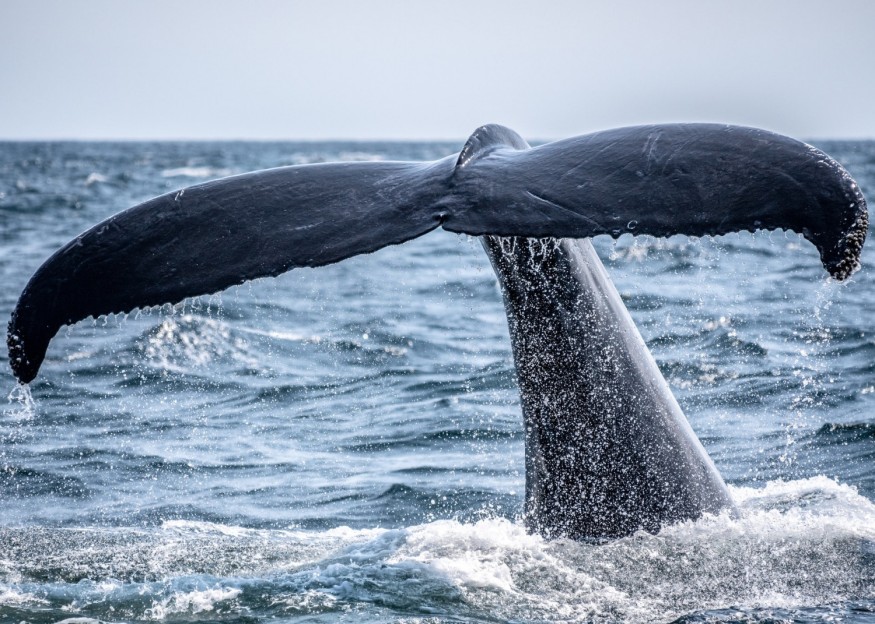A new species with striking beak feature that has evolved significantly over the past 500,000 years has been discovered by international scientists. Their findings show that the sea creature is not another other beaked whale of the Northern or Southern Hemisphere.
Ramari's beaked whale, named after Ramari Stewart, a Māori whale expert, was the first member of the species discovered in November 2011, after a pregnant female washed up on the west coast of New Zealand's Te Waipounamu, Aotearoa on the South Island. It is roughly 17 feet long and weighs over 2,000 pounds, and resides more than 6,000 feet beneath the sea to hide from predators.
Although scientists have not exactly determined its population size, they initially mentioned they were "equally elusive and is rarely seen by humans", but has increased their total number to 24.
Distinct and Special Species

As the study provides a combined genomic and morphometric analysis of the Southern Hemisphere ziphiid species (Mesoplodon eueu), researchers noted that Ramari's beaked whale is "linked to the Indigenous peoples of the lands from which the species' holotype and paratypes were recovered."
While beaked whale was first introduced by Frederick W. True in 1913, experts soon realized that the newly identified species has distinctively different body from other beaked whales. Its genetics, bones, and skull structure suggest that the whale was 'special'.
"Molecular and morphological data reveal that True's beaked whales from Northern or Southern Hemisphere form two distinct, long-divergent evolutionary lineages, consistent with species under the Genealogical Concordance Species Concept. Therefore, we propose that the SH form should be reclassified as a new species," the authors wrote.
Scientists noted that Ramari's beaked whale has distinct tusks positioned at the tip of the mandible. It also has smaller, less triangular tusks, "having relatively shorter rostrum with a wider base."
Species diversity in the vast habitat
"As one of the few mammalians deep sea specialists, it is perhaps not surprising that ziphiids are among the most speciose cetacean lineages. Our results emphasize this pattern and corroborate the idea that the deep sea is more biodiverse than previously thought," the authors discussed.
However, they noted that the whale's diversity and ecology remain obscure, as records are scarce despite technological advances.
In addition, beaked whales typically spend limited time at the surface so they are difficult to distinguish. The handful discoveries of incomplete skeletons also added up to the challenge.
"Describing a new species requires important decisions around the naming of the new taxon. We sought to recognize Indigenous peoples' deep connection with, and knowledge of, the natural environment by consulting with them on potential species and common names.
This is part of a critical shift in the global science community, which strives to collaborate with Indigenous knowledge holders in ecology and conservation biology. Here, this has resulted in one of the first cetaceans named after an Indigenous woman."
Scientists believe there is still so much biodiversity waiting to be discovered in the deep sea.
© 2025 NatureWorldNews.com All rights reserved. Do not reproduce without permission.





